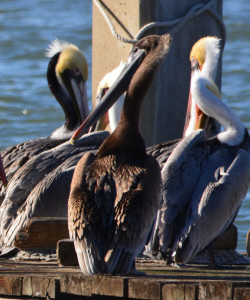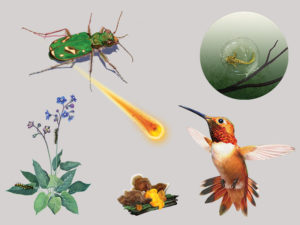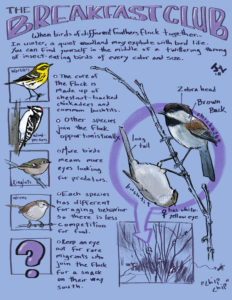bout 100 California brown pelicans made an unusual appearance on the old wooden dock on the south side of Alameda Point near the U.S.S. Hornet on December 23. The visit provided a rare close-up view of this colorful and iconic bird, but also a reminder of their struggle to survive as a species. Only one of the pelicans could be identified as a one- or two-year-old.

During the past four years, the breeding rate for California brown pelicans has been dismal. This recent trend has been directly attributable to the dwindling supply of sardines along the California coast, according to a brown pelican status report issued in October by the Washington State Department of Fish and Wildlife. The sardine population has dropped so low that in April of 2015, the agency responsible for managing Pacific Coast fisheries banned commercial fishing of sardines until the end of June 2016.
In May, the U.S. Fish and Wildlife Service urged the same agency to consider additional management measures to stave off a decline in northern anchovy, another important food source for pelicans and other marine life.
Brown pelicans were removed from the federal endangered species list in 2009 with great fanfare after recovering from the devastating effects of the agricultural pesticide DDT on their eggs. But they no sooner recovered from chemical contamination than they fell victim to a plunge in food supply.





